The Arabic Oud
This instrument is shaped like a teardrop with a short neck and angled back peg box. Each string is doubled with 11 in total. It dates back thousands of years. It is still played commonly today in places like Türkiye, The Middle East and North Africa. It is tuned in fourths like guitars are today. It is played with a long pick that is held with all fingers as apposed to the picks of today that are held with 2 fingers. It is also a fretless instrument.
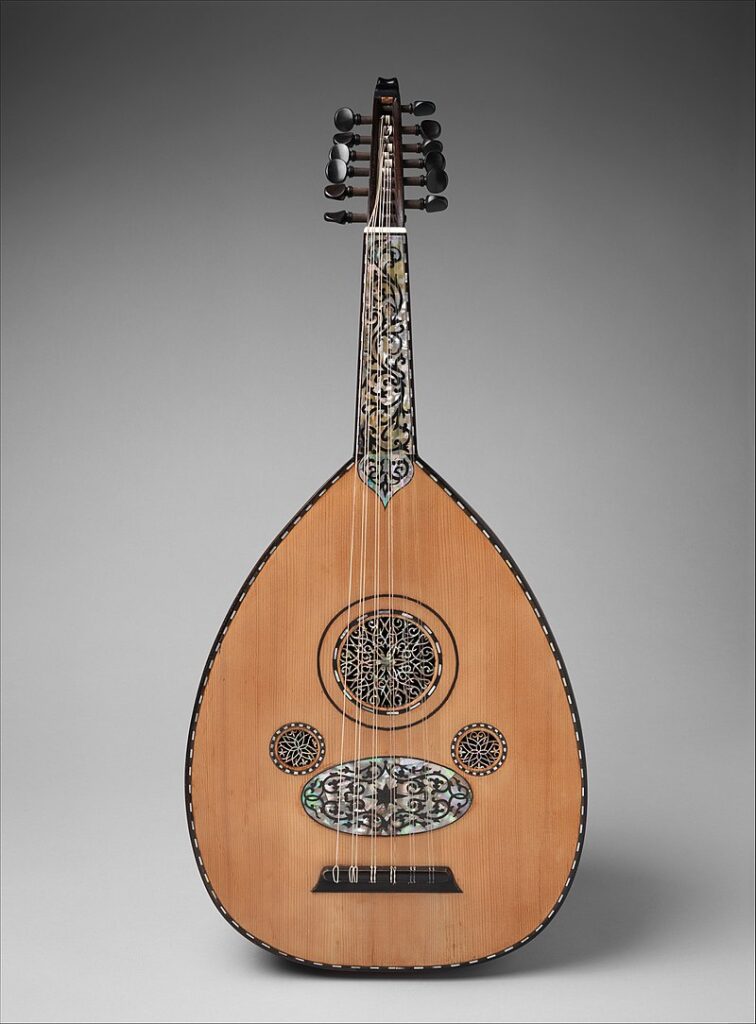
The Renaissance Lute
This instrument was around in the 1500s. It has 7 pairs of strings for a total of 13. The first string is always single to allow for the melodies to be played clearly. It is also tuned in fourths with 1 third. It is played fingerstyle meaning without the use of a pick. This allows for multiple voices of melodies to be played at the same time. This instrument has frets.
The Renaissance Guitar
Also around in the 1500s. It has double strings with a total of 8. It is not shaped like a teardrop and more like an hourglass matching guitars of today. It has a straight headstock and a flat body and is considered the first guitar. It is tuned the same as a ukulele as the ukulele was later made with inspiration from the renaissance guitar. The less strings compared to earlier instruments makes it easier for playing chords thusly strumming was popularised.
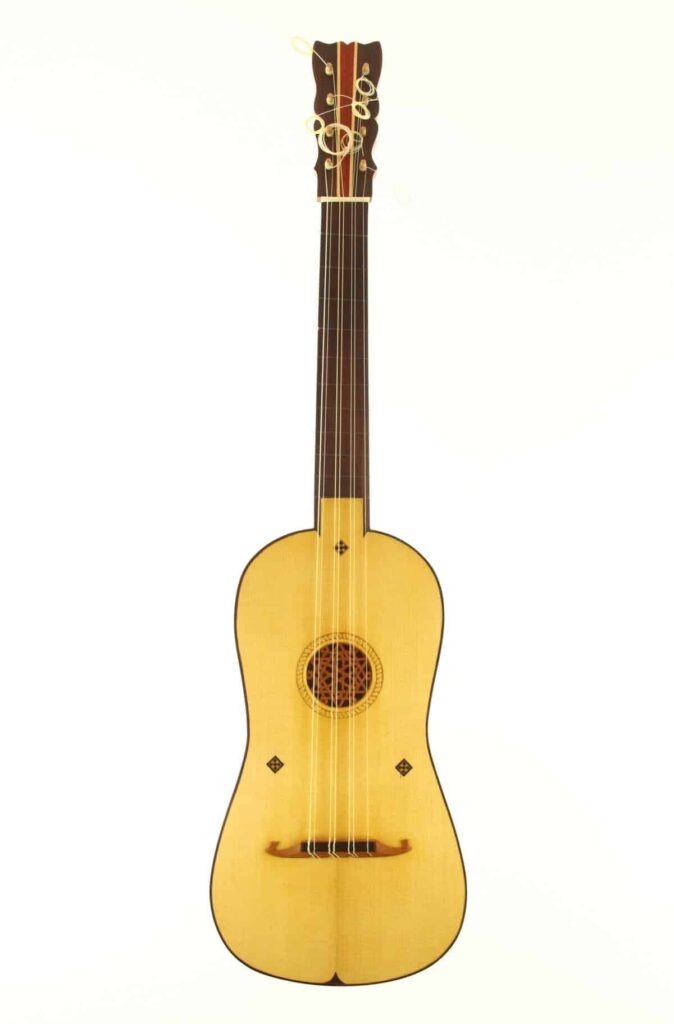
The Baroque Guitar
Popular in the 1600s during the Baroque period. Still has double strings with a single high string for a total of 9 strings. It is tuned the same as the guitars of today just without the low e string. Led to the development of more picking and strumming patterns.
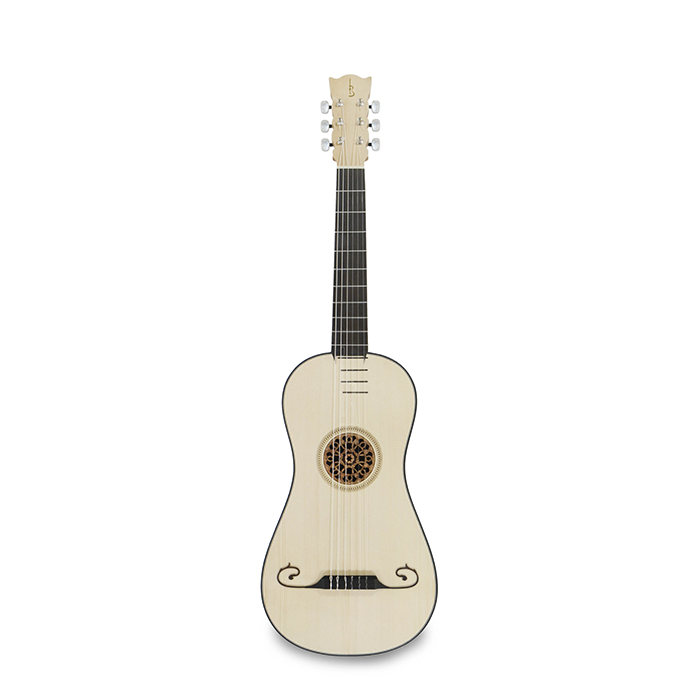
19th Century Guitar
Appearing around 1800 this guitar has 6 strings, no doubles and it tuned exactly the same as guitars of today. With the invention of wound strings the issue of quiet bass strings was no longer an issue. With these new strings the double strings was no longer needed. Not having double strings also comes with the benefits of its easier to do trills, easier to tune, cheaper to restring. The problem of these wound strings is they would destroy the gut frets that were previously used so this then led to the invention of metal frets. These metal frets cannot be moved however so they had to decide how to temper them and it was decided that equal temperament will be used as it works in all keys. These guitars also now have 22 frets unlike the older guitars that would only have 8 or so frets.
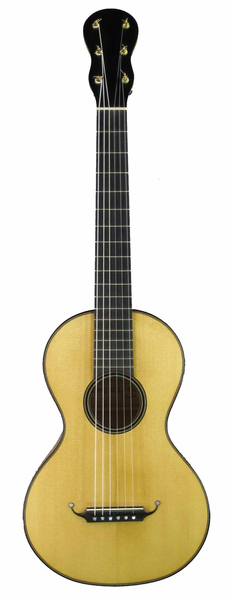
The Classical Guitar
Came around in the 1850s. It has a larger deeper body that produces a bigger more bass heavy sound. The gear tuners also came at this period which enable very fine tuning without any slipping of the pegs. Majority of all classical guitars use the same dimensions that were defined in this period.
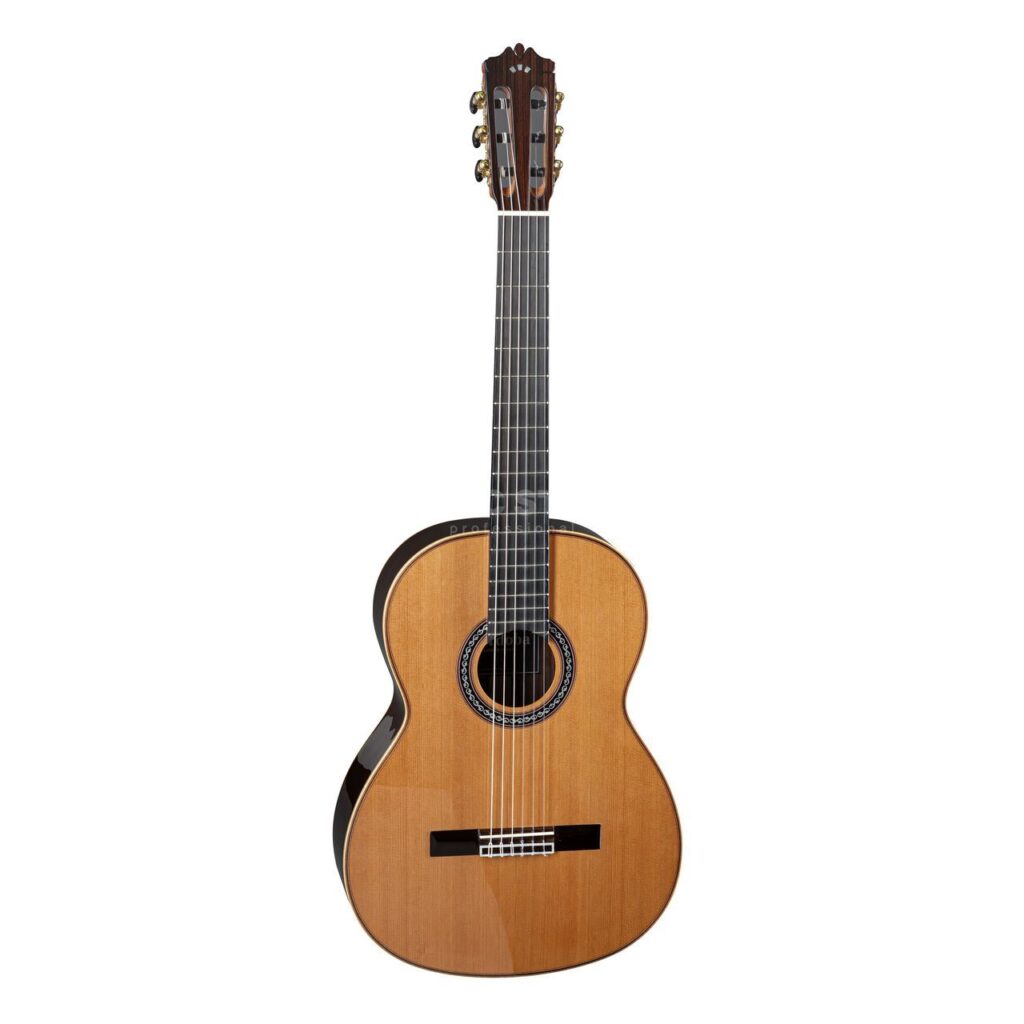
The Modern Acoustic
In 1850 Martin invented the x-bracing system for durability however how the underside of the soundboard is braced has an effect on the sound. With the use of all steel strings bracing was needed to stop the bridge from being torn out from the guitar. Steel string guitars are cheaper and much louder which helped increase their popularity till today.
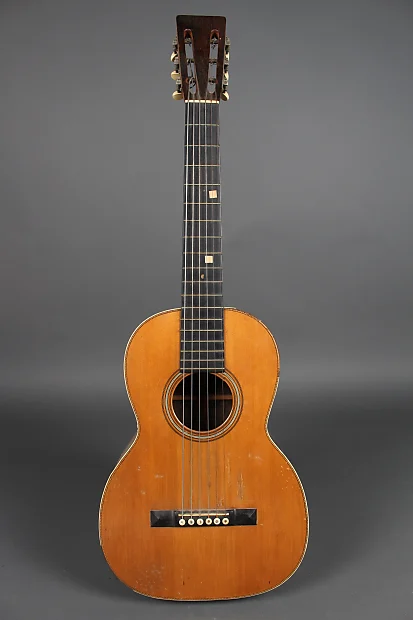
Read more about guitar at guitarmatchup.com
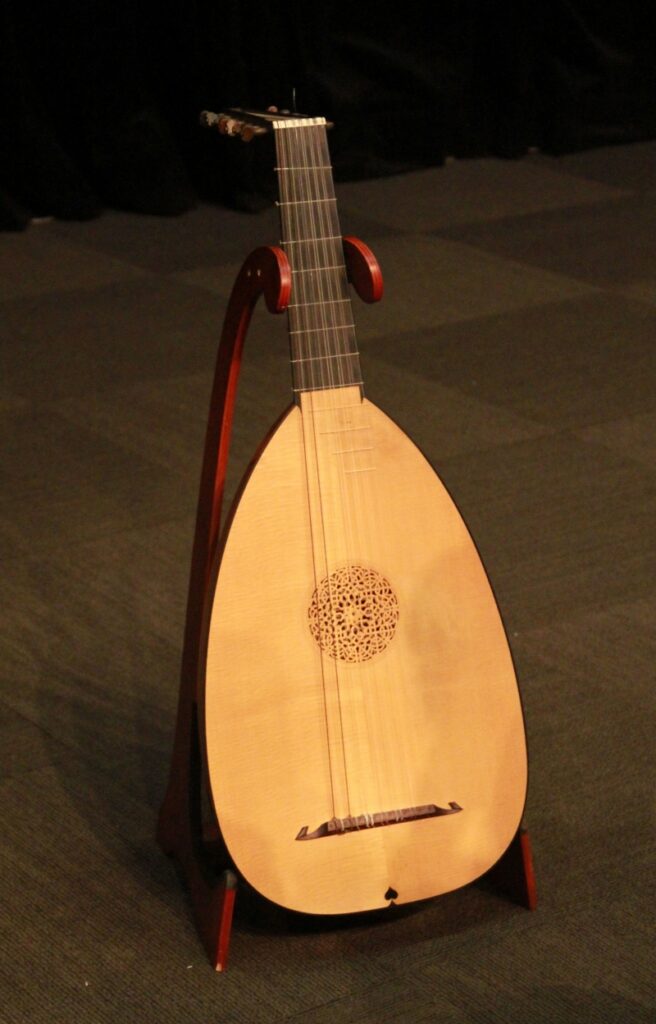
Good info 👍
Thanks Lyra!
Thanks, really interesting history on guitars.